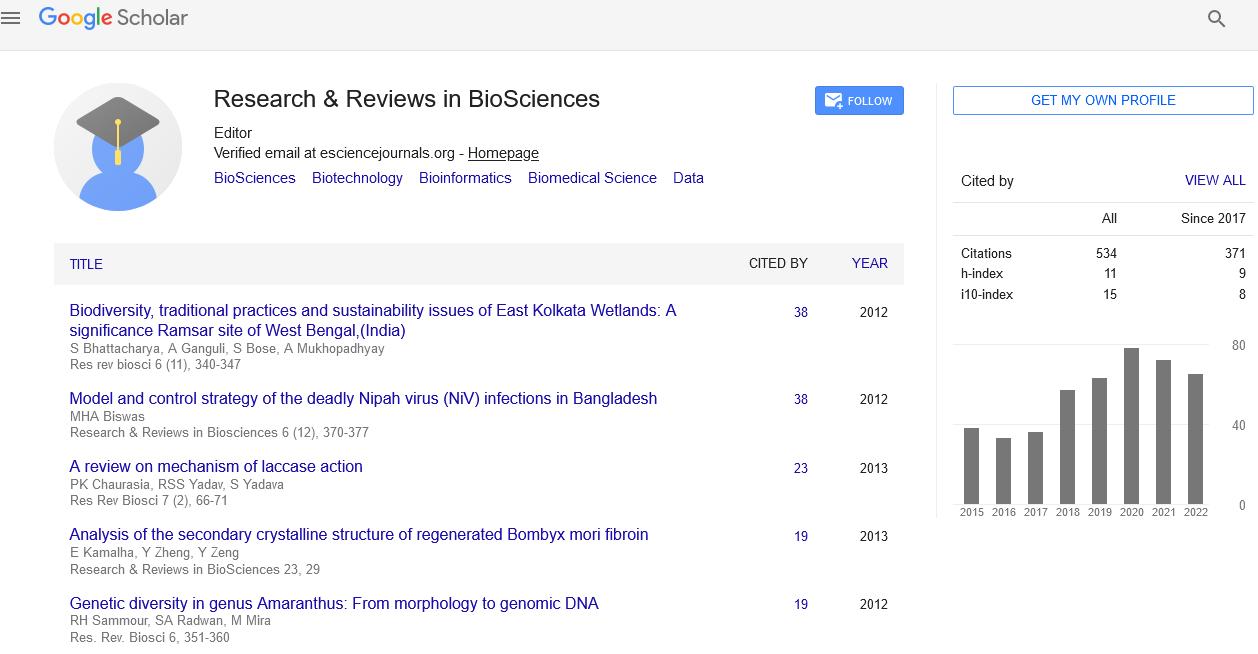Short commentary
, Volume: 19( 1) DOI: 10.4172/tsrrb.2024.19(1).031Climate Change Effects on Aquatic Ecosystem: Structure and Disease
Rolex John*
Department of Criminology, University of South Florida, United States
Abstract
Climate change is projected to cause significant alterations to aquatic biogeochemical processes, (including carbon dynamics), aquatic food web structure, dynamics and biodiversity, primary and secondary production; and, affect the range, distribution and habitat quality/quantity of aquatic animals. Nutrient and carbon enrichment will enhance nutrient cycling and productivity, and alter the generation and consumption of carbon-based trace gases. Consequently, the status of aquatic ecosystems as carbon sinks or sources is very likely to change. The magnitude, extent, and duration of the impacts and responses will be system and location-dependent.
Biogeography—the study of the spatial distribution of organisms—has traditionally focused on plants and animals. However, recent advances in molecular ecology and environmental DNA (eDNA) have revealed that microbial life, including prokaryotes (bacteria and archaea) and eukaryotes (protists, fungi, microalgae), also exhibits distinct biogeographic patterns. Understanding how these two domains of life coexist, overlap, and diverge across ecosystems is essential for grasping the full complexity of biodiversity and ecosystem functioning.
This article explores the concept of biogeographic boundaries and overlaps between prokaryotic and eukaryotic communities, highlighting the environmental drivers, methodological approaches, and implications for conservation and ecological theory.
Biogeographic realms are large-scale divisions of Earth’s surface based on the evolutionary history and distribution of organisms. Traditionally defined for macroorganisms, these realms are now being extended to microbial communities. Studies show that microbial biogeography is shaped by both historical contingencies and contemporary environmental conditions, with distinct patterns emerging for prokaryotes and eukaryotes.
Environmental DNA metabarcoding has enabled researchers to map microbial diversity across ecosystems. In coastal and marine environments, prokaryotic and eukaryotic communities often co-occur but respond differently to environmental gradients such as temperature, salinity, and nutrient availability. In terrestrial ecosystems, soil microbial communities show overlapping distributions, but with distinct ecological roles.
